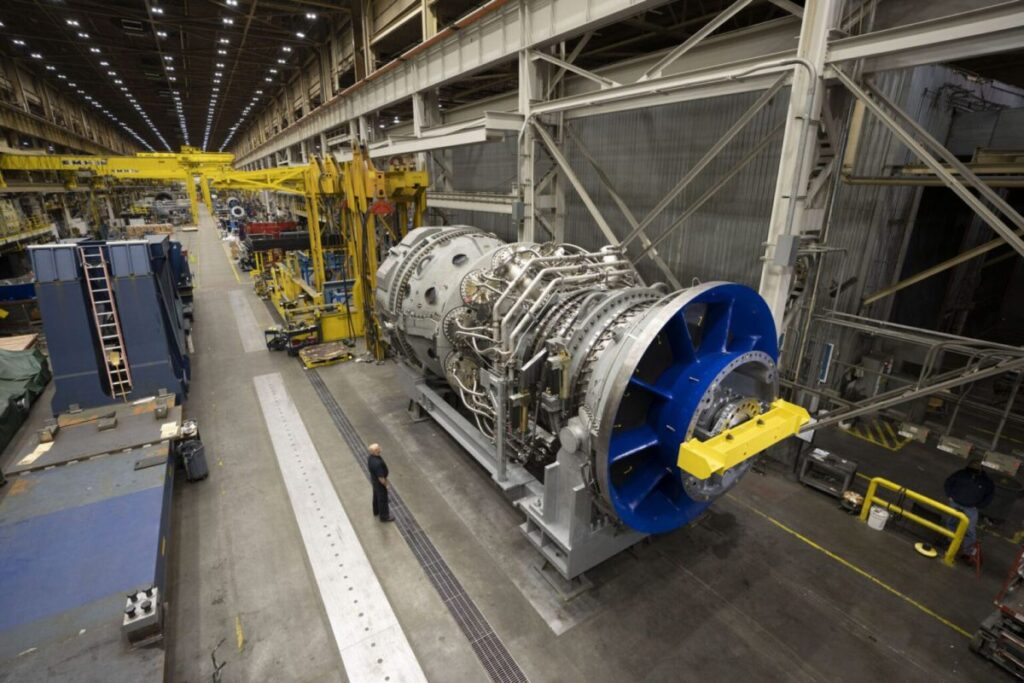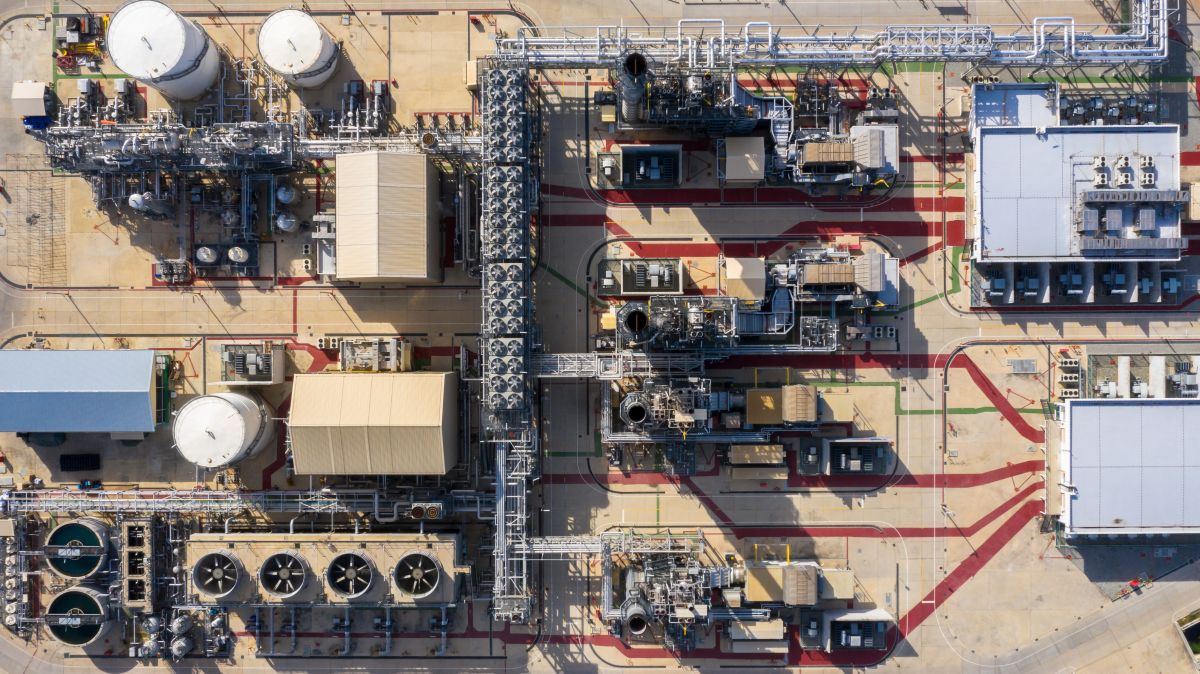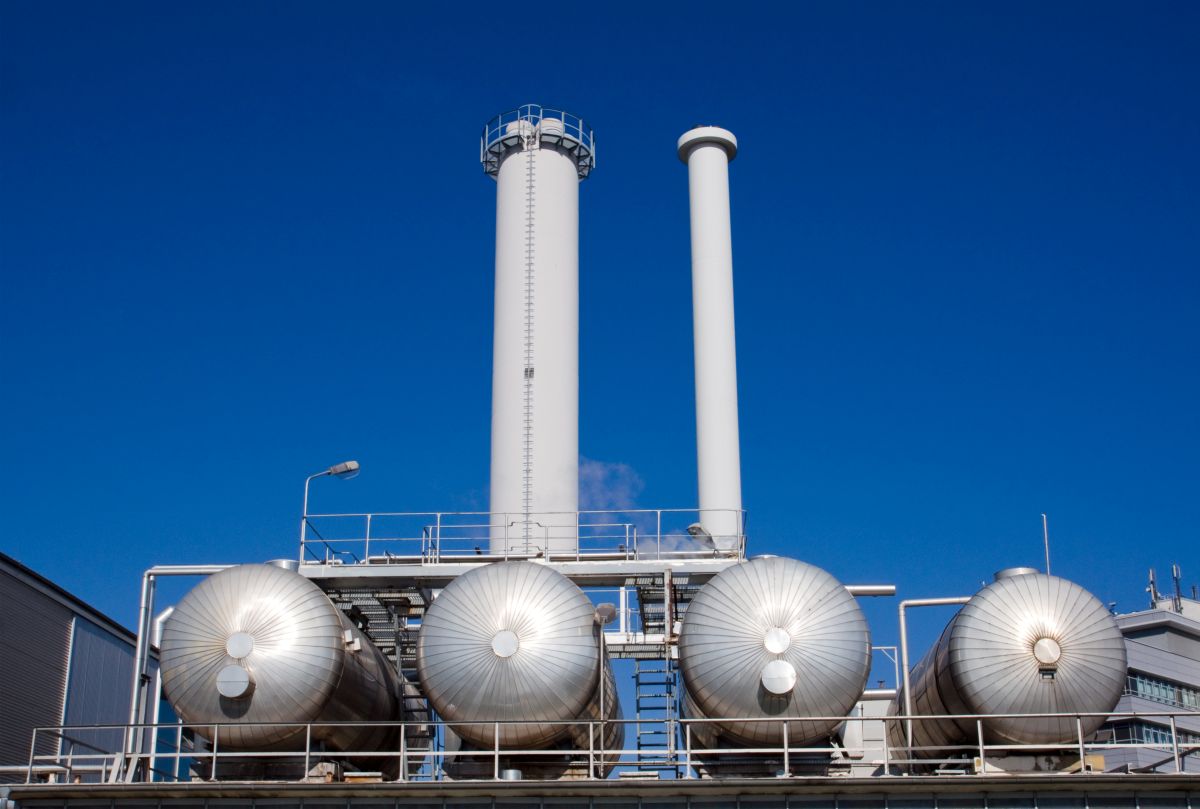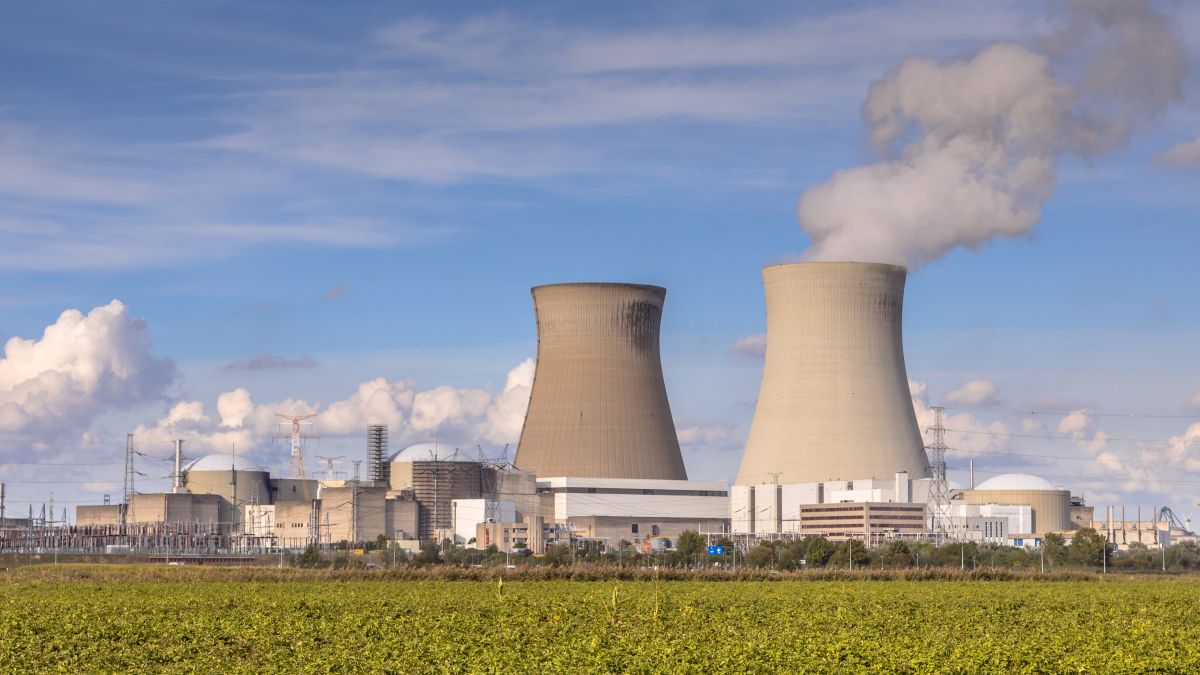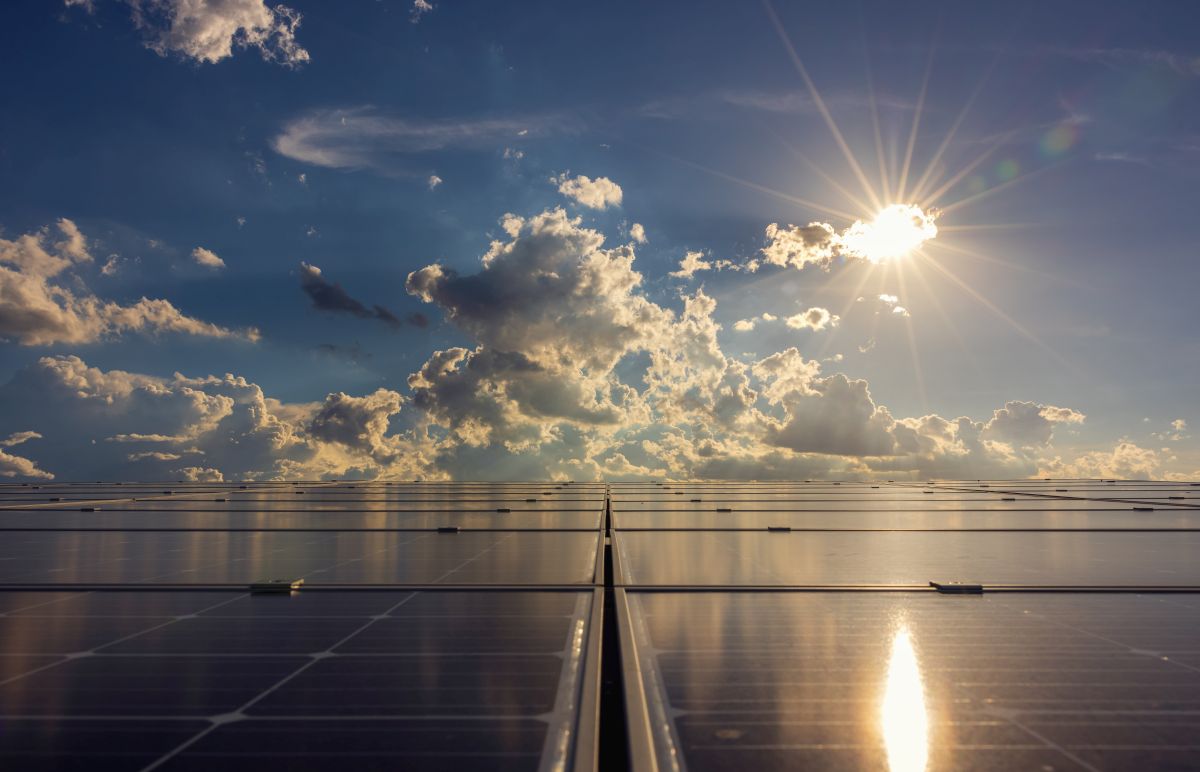WWW.POWER-ENG.COM
Jacksonville Electric Authority (JEA), Jacksonville, Florida’s electric utility, announced that its board of directors voted unanimously to approve a plan for the utility to build a combined cycle natural gas facility at the former St. Johns River Power Park site.
The plan delegated authority to CEO and Managing Director Vickie Cavey to negotiate and sign an agreement with GE Vernova by the end of August to reserve JEA’s position in the manufacturer’s production schedule. The board’s approval sets the project cost at $1.57 billion.
“We have to be able to deliver reliable energy to everyone, all JEA customers. The risk is unacceptable if we punt combined cycle down the road. My personal view is that the risk isn’t worth it,” JEA Board Chair Joseph DiSalvo said.
JEA argues that a new combined cycle plant will allow it to replace, and increase, electricity currently being produced by the 48-year-old Northside Generation Station Unit 3, a natural gas unit. The utility plans to retire Unit 3 by 2031 due to its age, repair costs, and the potential need for more investment due to environmental regulations. A new combined cycle plant could have the capacity to generate up to 675 MW, JEA noted.
JEA has recommended a combined cycle plant as a replacement for Northside Unit 3 several times in the past decade, including in its Integrated Resource Plan in 2023. JEA argues that building a combined cycle plant would have several benefits compared to purchasing the power through another utility, including full control over dispatch and operations; a debt-free facility after 30 years; and better gas efficiency versus the Northside Generating Station Unit 3.
The 1,252-MW St. Johns River Power Park in Jacksonville, Florida, the planned location for the new combined cycle facility, permanently shut down in early 2018. The plant was built more than 30 years ago at a cost of $1.45 billion to both JEA and Florida Power & Light, WCWJ reported. In the 2017 decision to shut the plant, JEA noted St. Johns was producing half as much energy as it did a decade ago due to customer conservation methods, and that a decommissioning would result in cost savings for debt reduction and other projects.



